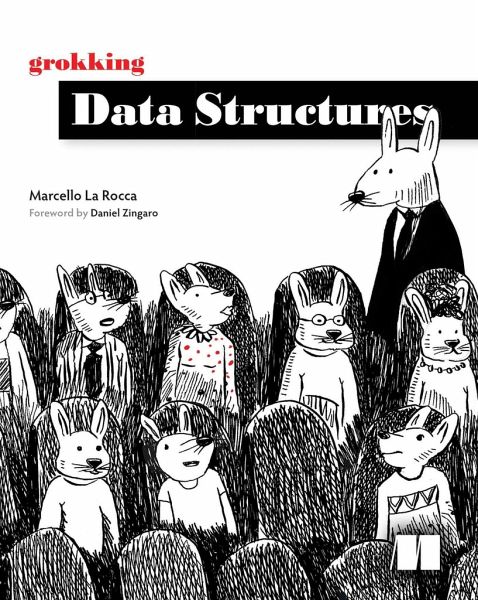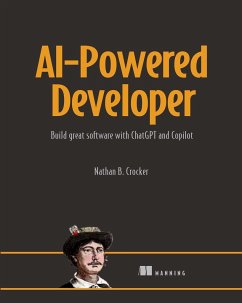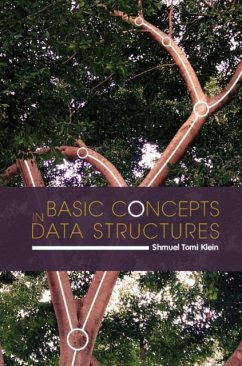
Grokking Data Structures

PAYBACK Punkte
23 °P sammeln!
Grokking Data Structures makes it a breeze to learn the most useful day-to-day data structures. You'll follow a steady learning path from absolute basics to advanced concepts, all illustrated with fun examples, engaging industry stories, and hundreds of graphics and cartoons.













